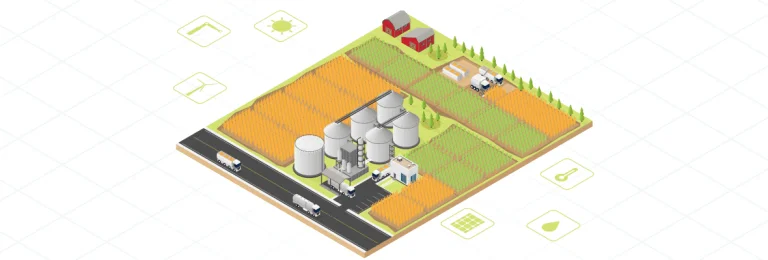How to Choose the Best MQTT Broker For IoT?
Written by:

Kostiantyn Oliynyk
Head of IoT at Webbylab
With a robust academic background in Telecommunication Systems Engineering, I apply my knowledge to lead innovations in the IoT domain. Starting as the first team member in the newly formed IoT department at WebbyLab, I've spearheaded its growth, fostering the expansion into embedded and hardware development alongside our core software projects. My dedication lies in pushing the boundaries of IoT technology, fostering a culture of innovation and excellence that profoundly impacts our clients' operational success.
MQTT works well for IoT as it’s a lightweight IoT protocol that enables efficient and reliable communication between IoT devices and applications over unreliable networks. On top of that, MQTT brokers can be deployed in various architectural systems, from cloud-based managed services to on-premises self-hosted solutions, providing extensive flexibility for IoT projects.
First of all, you should evaluate your IoT project requirements. Some key factors to consider are the broker type, the pricing model, the level of IoT support and documentation, and the integrations with other tools and technologies. We also recommend testing the MQTT broker in a simulated environment before making a final decision.
MQTT is popular for IoT communication because it’s lightweight, efficient, supports various QoS levels, and offers reliable, scalable, and bi-directional messaging, making it a practical choice for IoT applications.
Yes, MQTT brokers can handle a large number of IoT devices, making them suitable for scalable IoT deployments.













![IoT Product Development [Explained]: 9 Steps to Production](https://webbylab.com/wp-content/uploads/2024/03/upload_65f2db5d6b266-768x260.png)
